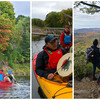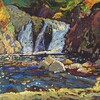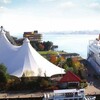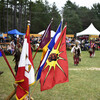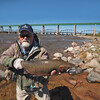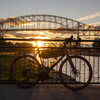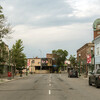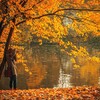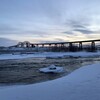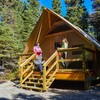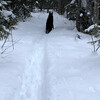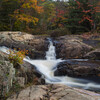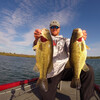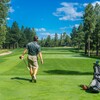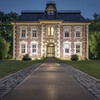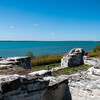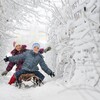
Your Coastal Trail Adveture
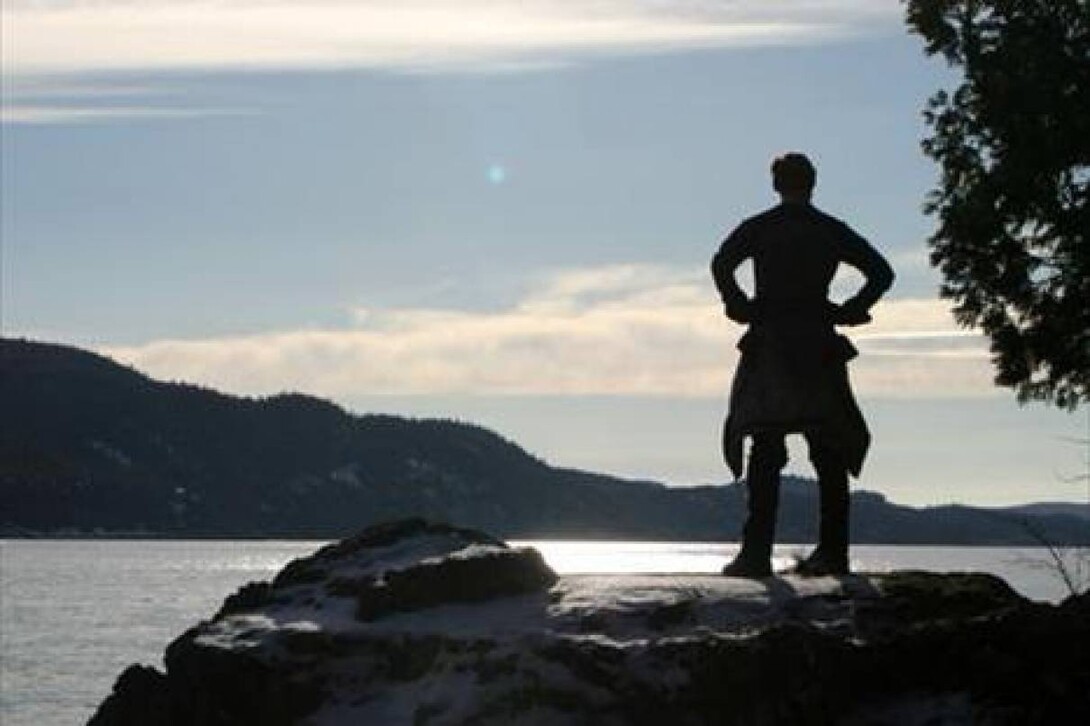
I’m driving along the Trans-Canada Highway up from Sault Ste. Marie towards the smaller town of Wawa, just 225 kilometres ahead. The traffic has thinned, with only the odd logging truck or camper coming down the other lane. There is no city here; it almost seems I’ve travelled back in time to an era before civilization. Here and there are road signs, rest stops, and intriguing little trails that lead somewhere deep into the forest, but there are also long stretches that evoke a sort of prehistoric isolation. On my right is the Canadian Shield, geologically the oldest landscape on the planet, weathered by millennia of ice ages, and grown over, seared off, and grown over again by countless tracts of generated and regenerated pine wilderness. To my left is the Lake: the inland sea, GitcheeGumee, the largest body of fresh water in the world, its far shore off somewhere beyond the horizon – Lake Superior. I’m riding on the edge between earth and water, journeying through geography and history at once. I’m entering Lake Superior Provincial Park.
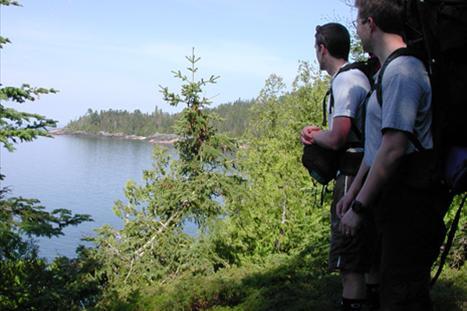
The contrasts, again, are striking. After leaving the Sault – a key transportation hub that links Canada with the U.S., Lake Superior with the rest of the Great Lakes waterway, and Northern Ontario with its Eastern and Southern neighbours – I have passed through the regional outposts of Heyden, Goulais River, and Montreal River, as well as the splendid smaller parks of Batchewana and Pancake Bay. In Sault Ste. Marie are some 75,000 people, who’ve created a bustling local economy that’s centred on tourism and hospitality. Quality lodging chains like the Delta, Marriott, Best Western, Comfort Inn and Super 8 compete with a variety of local indies for accommodation services; eateries of all styles abound, with a noticeable tilt towards Italian cuisine that reflects the Sault’s steelmaking past (and present); fascinating attractions include the strategic Sault Ste. Marie shipping canal and the Canadian Bushplane Heritage Centre; a busy casino and active sporting and arts scenes are also evident. However,it’s a short drive up the Great Northern Road out of town thattransports meinto the haunting and humbling Group of Seven country.
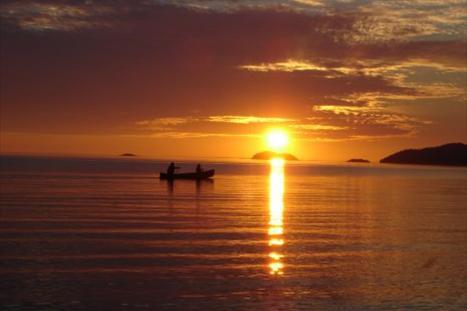
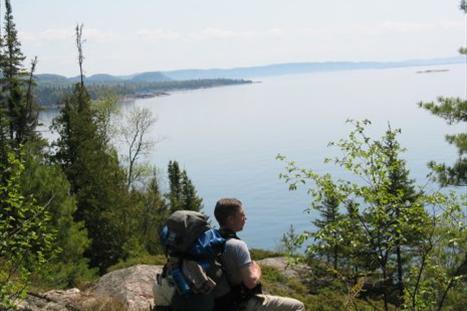
Recommended Articles

9 Facts to Know about the Agawa Canyon Tour Train
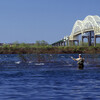
A Guide to the Best Urban Fishing in Sault Ste. Marie, Ontario

Where to Eat, Dine, and Play on the Sault Ste. Marie Waterfront
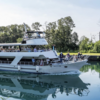
Cruising to the Next Level
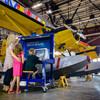
Canada's Only Bushplane Museum is a Must For Your Bucket List

Why the Fall Is a Great Time to Visit Sault Ste. Marie
Canoe & Kayak Sault Ste. Marie

Peace Restaurant
